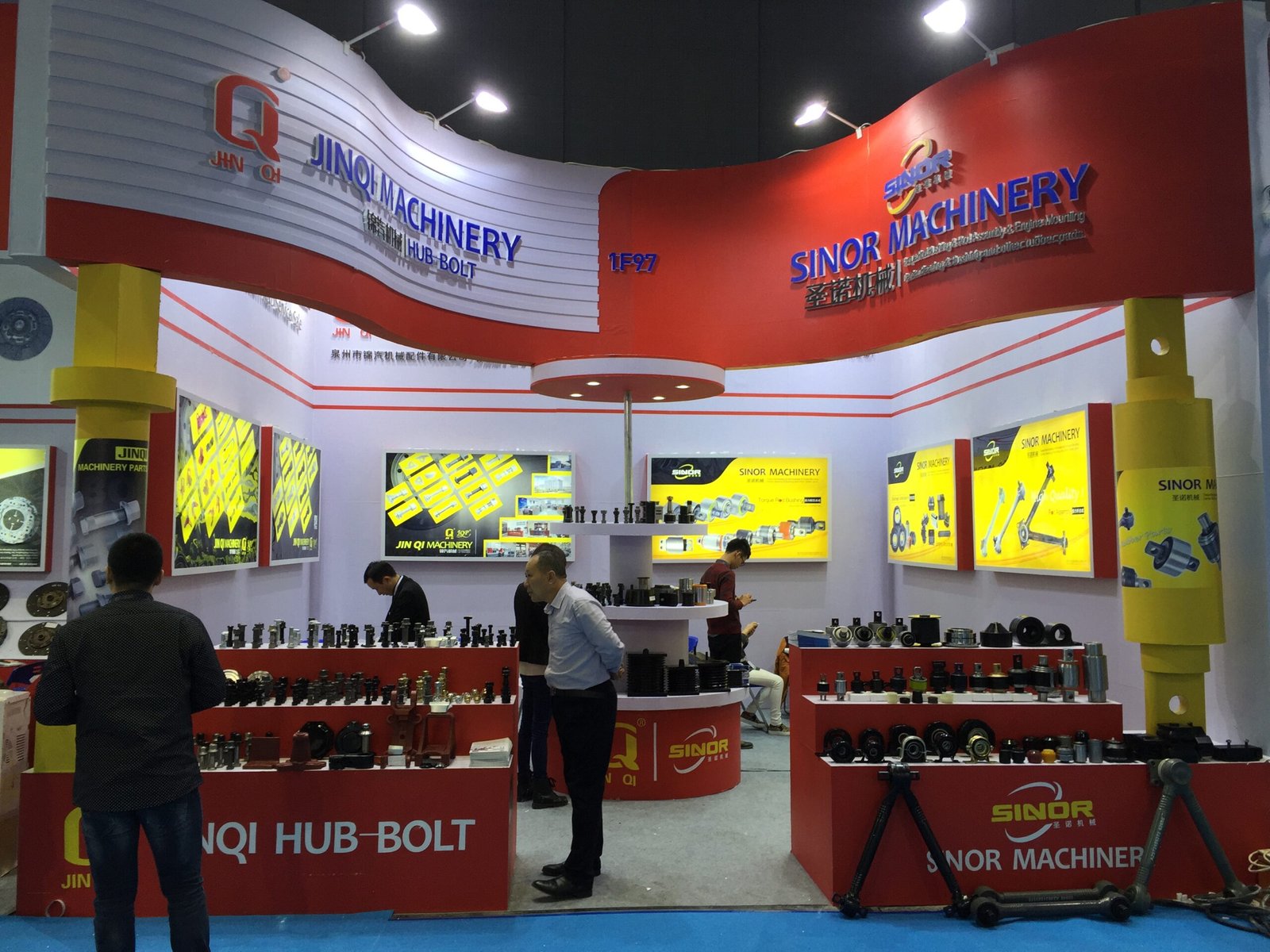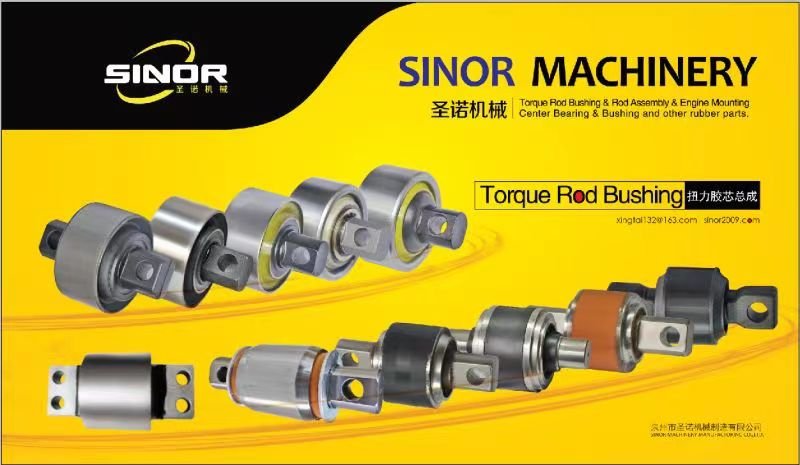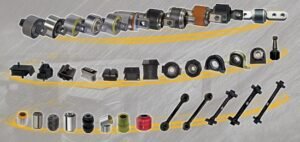
Menu

Torque rubber cores for heavy-duty trucks are essential components that absorb vibrations, enhance stability, and improve overall vehicle performance. These cores can be classified into several types based on the material used. Here’s an overview of the primary materials used for torque rubber cores and the specific benefits each type offers:
1. Natural Rubber (NR) Torque Cores
Natural rubber is a widely used material in heavy-duty applications because of its excellent elasticity, flexibility, and resilience. Torque cores made from natural rubber are effective in absorbing vibrations and handling a wide range of temperatures, making them ideal for general applications where durability and flexibility are required.
Advantages:** High flexibility, strong shock absorption, and suitable for a range of operating temperatures.
Applications:** Ideal for trucks operating in moderate climates and environments with a need for vibration reduction.
2. Synthetic Rubber (SBR – Styrene-Butadiene Rubber) Torque Cores
Synthetic rubber, particularly Styrene-Butadiene Rubber (SBR), is known for its durability and resistance to wear. SBR torque cores offer good abrasion resistance and moderate temperature resistance, making them a cost-effective option for general applications
Advantages:** Good durability, cost-effective, and suitable for moderate stress conditions.
Applications:** Suitable for trucks in normal conditions where wear resistance is prioritized.
3. Neoprene (CR – Chloroprene Rubber) Torque Cores
Neoprene rubber is valued for its resistance to oil, heat, and weathering, making it suitable for heavy-duty trucks that frequently encounter harsh environments. Torque cores made from neoprene can withstand higher temperatures and exposure to oils and chemicals without compromising on performance.
Advantages:** High resistance to oils, chemicals, and weathering; moderate heat resistance.
Applications:** Ideal for trucks operating in oil-rich environments, such as construction and industrial settings.
4. Nitrile Rubber (NBR – Nitrile Butadiene Rubber) Torque Cores**
Nitrile rubber torque cores are specially designed for applications that demand high resistance to oil, fuel, and other petroleum products. NBR’s properties make it a preferred material for trucks operating in environments where exposure to oil and fuel is frequent.
Advantages:** Excellent resistance to oil, fuel, and other chemicals; durable under moderate temperatures.
Applications:** Widely used in fuel-heavy and chemically exposed environments, such as mining and construction industries.
5. EPDM (Ethylene Propylene Diene Monomer) Torque Cores
EPDM is known for its resistance to extreme temperatures, UV, and ozone, making it a preferred choice for torque cores exposed to harsh outdoor conditions. This material is ideal for heavy-duty trucks operating in high-temperature or high-altitude environments.
– **Advantages:** High resistance to weather, UV, and ozone; suitable for both high and low temperatures.
– **Applications:** Used in outdoor-heavy environments, such as desert or high-altitude operations where weather exposure is significant.
6. Polyurethane (PU) Torque Cores
Polyurethane is a highly durable and resilient material that offers excellent load-bearing capacity and impact resistance. PU torque cores are commonly used in extreme heavy-duty applications, as they provide long-lasting durability and support.
Advantages:** High load-bearing capacity, superior impact resistance, and long lifespan.
Applications:** Suited for high-load applications where durability and longevity are essential, such as logging and high-impact transportation.

30+ YEARS EXPERIENCE

Please fill the from to contact us and we’ll get back to you right away!